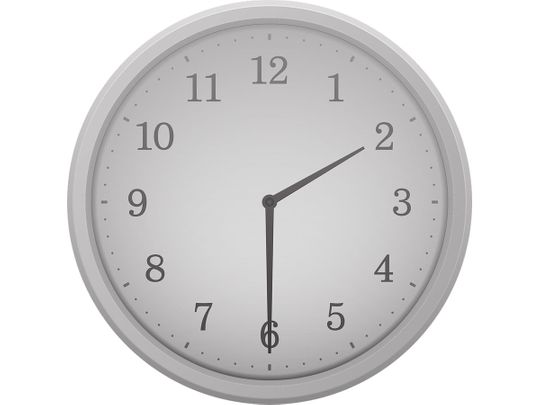
Since March, my family has kept track of time in the changing palette from early spring to fall, a steady transition from grey to gold. A menagerie of birds and beasts, including a fat black bear, have visited, all of them arriving outside our kitchen window for birdseed without the slightest concern about gathering in groups or sharing a meal. We’ve watched them, envious of their audacious freedom.
After my partner and I let my two daughters watch “Hamilton” on TV on the Fourth of July, the girls memorised the entire soundtrack. Each day commences with a chorus, every shower or bath has a soundtrack; in the car or the yard, they enact entire scenes. My older daughter plays Burr, Angelica and Jefferson. My younger one takes Hamilton, Eliza and Washington. I hear her softly singing “Burn” to herself in her room.
In August, Hurricane Isaias was followed by a tornado, and it was difficult not to think of the God of the Old Testament, the vengeful, petty one who gambled with Satan and tested Job. Every cleanup feels like a prelude to a new disaster: Pick up the branches, cut the limbs, haul them away and do it again — the relentless monotony of doing the dishes, making the beds, washing hands, staying apart, holding things together. All to the refrain of “Helpless.”
October brought the first snow. We woke to a field of white, even as the leaves clung to their branches. It didn’t last, but for a moment the world looked as it did in March, as if nothing had changed and we were back at the beginning
My eldest daughter has sad eyes above her mask. The lockdown was tolerable in small doses but now, itching to grow, to expand, to be with friends, she has recoiled into a shell. I can tell she feels the weight of time now, its openness and elasticity closed down. How long does anything last for a child? How long did I wait for the bus at the top of the driveway when I was 7 and it felt like an eternity every morning in the dark? How long is an hour or a day? Will we remember the feeling of those early days and weeks in March, tearing up in the kitchen, closing the circle of people tighter and tighter until there were just a few faces?
This is the present tense. A tense present. The past has contracted to the last day in March when I picked the girls up from school. The future is no farther than bedtime on any given day. Henri Bergson, the beloved 19th- and 20-century philosopher of vitalism, called such condensed time “duree” — duration that opens like a yawn in the midst of time’s relentless forward march. He described durEe as the time it takes to wait for a sugar cube to dissolve in a glass of water. Only a few minutes may have passed, but the tension of waiting extends the present into an intolerable, infinite drag.
Duree is also the unhinged time of labour or illness, the disorganised time of memory and dreams.
These days feel that way — all duree all the time. The time for thinking has withered to moments snatched between meals, or late at night in the shadow of the day. Often I have a thought for a sentence that erodes before I reach the end. Someone is asking for a drink. Someone needs a wipe. Someone singing “Hamilton” in the distance pauses to yell, “What does deflower mean?”
Duree was never meant to last so long. Even Bergson, who argued that durEe is the only real experience of time and that everything else — clocks and calendars, watches and metronomes — is just a mechanism to carve up, count or measure time, knew that a person abandoned to prolonged durEe would be isolated and cut off from the social world. DurEe is idiosyncratic, lived time. But to live together, we need to be able to surmount and forget the intensity of our own time.
It is December. The seasons change with merciful indifference while, held in suspense, we watch the infection numbers rise. We are waiting. Waiting for the New Year, for a birthday, for Covid-19 tests, for dentist appointments, for a date to walk outside with friends, for justice, for the vaccine, for dinner, for my brother to get well, for the dog to learn a new trick, for grandparents to be able to visit, for a fresh loaf of bread, for the Zoom meeting to end, for the next one to begin, for lunch, for any other soundtrack, for joy, for a first pair of glasses, for the dryer to stop squeaking, for change, for the future, for news, for tenderness, for each other, for patience to wait some more.
Megan Craig is a painter and an Associate Professor of philosophy at Stony Brook University
The New York Times





_resources1_16a31069e4e_small.jpg)






